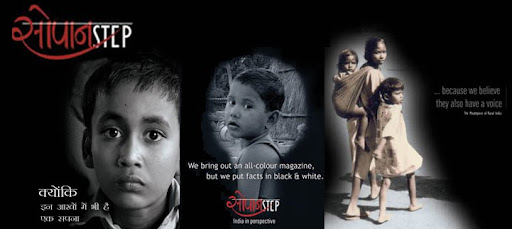K.A.Badarinath
A peoples’ movement to conserve fresh water is perhaps
the only way to address the key issue of shortages in this vital resource.
If the sheer abuse of this scarce
resource is any indication, we are bound to face water riots in parts of this
country as seen sporadically owing to localized shortages in some parts.
Warning bells, red herrings and
wakeup calls seem to have not worked thus far on judicious utilization,
conservation and development of water resources as per a design in last 67
years of independence.
At every level, each sector has
shown utmost disregard for managing our fresh water resources while the
population continues to expand beyond 1.22 billion with no let up on either
usage or abuse.
Last Sunday, in his “mann ki
baat”, Prime Minister Narendra Modi did make out a case for peoples’ movement
for managing and developing water resources. This was in response to some
engineering and medicine students taking a stand to have a bath only when
required and with minimum water.
Apart from people’s movement for
scientific water usage of water, policy intervention is what’s most important
to move up the ground water level. The government’s campaign to develop 50,000
check dams and village-based water storage centres is worth pursuing if we were
to manage water shortages that could virtually catapult into a crisis
unmanageable in few years.
Water management, usage,
conservation and development is not an issue faced only by a populous country
like India
As per NASA satellite imaging and
studies, water table in India
Hence, Prime Minister Modi’s call
for deriving more in terms of farm output from every drop of water cannot just
remain a slogan. Technological intervention that would mend the way we use our
precious natural fresh water resources is the immediate necessity.
World Economic Forum and UN’s
water development report have pointed to the fact that water would be the
biggest challenge for humanity, given that fresh water shortages would touch an
alarming 40 percent globally in 15 years.
If this were to happen, it would
be a larger problem than terrorism or armed conflicts happening in parts of the
world.
From India
Apart from check dams, the
government at centre and states should take the lead in reviving the water
bodies that have dried up or desilt our lakes, rivers and flowing water
resources. Secondly, linking rivers for replenishment and judicious usage must
be hastened up. Suresh Prabhu as a central minister in erstwhile Vajpayee
government did make several important suggestions apart from drawing up a
holistic plan. This needs to be dusted up immediately and put into action.
Thirdly, as experimented in
several villages of Tamil Nadu, Andhra Pradesh and Maharastra, building water
banks can be done immediately. Only members of these banks can withdraw water
as per a community policy that can be put together locally.
Fourthly, involving the
communities, non-government organisations, youth & students apart from gram
sabhas in water management is of paramount importance.
Fifthly, one needs to consider an
effective pricing policy towards water only to dissuade companies and
commercial establishments from exploitation of this vital resource. For
drinking purposes, no one what so ever should be charged as a matter of human
right.
